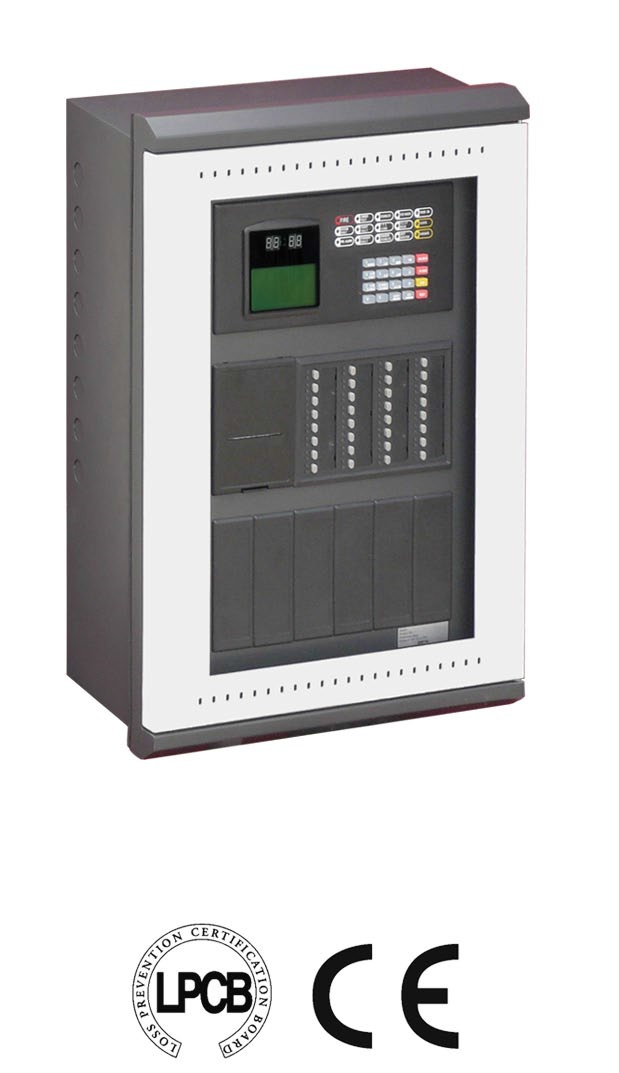Fire Alarm Panel Reset
EMERGENCY OPERATIONS FIRE ALARM PROCEDURES. Under no circumstance should the panel reset button be pushed at this time. Help -- When there's a false alarm, please don't reset the fire alarm system until a service technician can locate and fix the problem. It is important to know how to reset your home's fire alarms. A properly working fire alarm can increase your chances of safely exiting your home during a fire by 50.
The examples and perspective in this article may not represent a of the subject. You may, discuss the issue on the, or, as appropriate.
(December 2010) () A fire alarm control panel (FACP), fire alarm control unit (FACU), or simply fire alarm panel is the controlling component of a. The panel receives information from devices designed to detect and report fires, monitors their operational integrity and provides for automatic control of equipment, and transmission of information necessary to prepare the facility for fire based on a predetermined sequence. The panel may also supply electrical energy to operate any associated initiating device, notification appliance, control, transmitter, or relay. There are four basic types of panels: coded panels, conventional panels, addressable panels, and multiplex systems. A Simplex 4247 fire alarm control panel Coded panels were the earliest type of central fire alarm control, and were made during the 1800s to the 1970s.
A coded panel is similar in many ways to a modern conventional panel (described below), except each zone was connected to its own code wheel ( i.e. An alarm in zone 1 would sound code 1-2-4 [through the bells or horns in the building], while zone 2 would sound 1-2-5), which, depending on the way the panel was set up, would either do sets of four rounds of code until the initiating pull station was reset (similar to a coded ) or run continuously until the panel itself was reset. Large panels could take up an entire wall in a mechanical room, with dozens of code wheels. Lists of codes had to be maintained, sometimes with copies posted above pull stations (this setup is commonly seen in older wings of hospitals). Smaller panels could be set up in one of two ways.

Most of the time, the panel would only have one zone, and therefore, only one code. Behemoth Zos Kia Cultus Rar more. Common one-zone codes were 4-4-0 and 17-0-0 (which is similar to the 120 bpm March Time setting used on later panels, which has in turn been replaced with an interrupted four count uniform temporal code 3 pattern used since 1996). Alternatively, the panel could be made with no code wheels, using only what was called the gong relay. Normally, this would be used in a system with coded pull stations to re-transmit the coding strikes from the pulls.
However, it could also be used as its own zone, with the connected horns or bells sounding continuously instead of in a particular code. These panels are not common today, but can sometimes be found in older buildings such as those on college campuses or hospitals. Today, there are two types of fire panels: • Conventional fire alarm panel; • Addressable fire alarm panel Conventional [ ].
A Fire-Lite Sensiscan 1000 fire alarm control panel in a building at panels have been around ever since electronics became small enough to make them viable. Conventional panels are used less frequently in large buildings than in the past, but are not uncommon on smaller projects such as small schools, stores, restaurants, and apartments. A conventional fire alarm control panel employs one or more circuits, connected to wired in parallel. These sensors are devised to dramatically decrease the circuit resistance when the environmental influence on any sensor exceeds a predetermined threshold. In a conventional fire alarm system, the information density is limited to the number of such circuits used. To facilitate location and control of fire within a building, the structure is subdivided into definite areas or zones. Floors of a multistory building are one type of zone boundary.
An Initiating Device Circuit (known as a Signaling Line Circuit (SLC) in addressable systems) connected to multiple devices within the same 'zone' of protection, effectively provides 3 bits of information about the zone to the panel; normal, trouble, and alarm. The state of each initiating device circuit within a zone displays at the fire alarm control panel using visible indications, such as a flashing LED/light or an LCD display. The panel may employ a graphical representation of the zone boundaries on a floor plan (zone map) using textual descriptions, illuminated icons, illuminated sections, or illuminated points on the map corresponding to initiating circuits connected to the fire alarm control panel.
Resident Evil 3 Iso Ps1 Game. Larger systems and increasing demand for finer diagnostic detail beyond broad area location and control functions expanded the control by zone strategy of conventional systems by providing multiple initiating circuits within a common zone, each exclusively connected to a particular type of initiating device, or group of devices. This arrangement forms a device type by zone matrix whose information is particularly suited to the Tabular annunciator In multistorey buildings employing a Tabular annunciator, for example; rows of indicators define the floors horizontally in their stacked relationship and the type of device installed on that floor displays as columns of indicators vertically aligned through each floor. The intersection of the floor and device indicators provides the combined information.